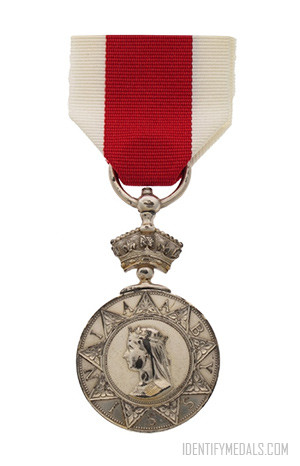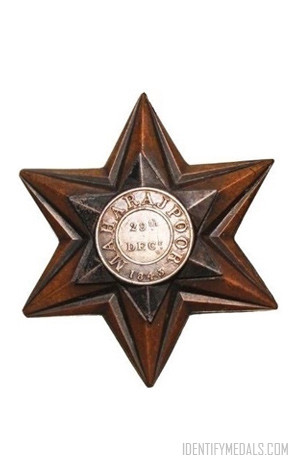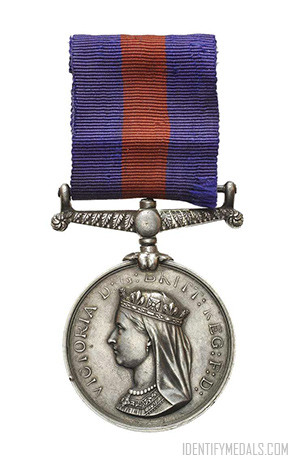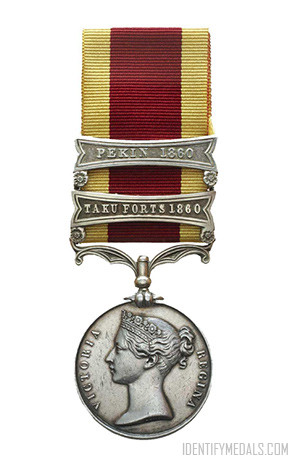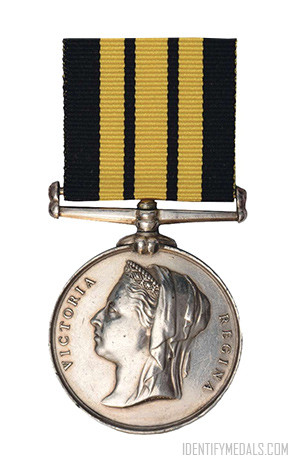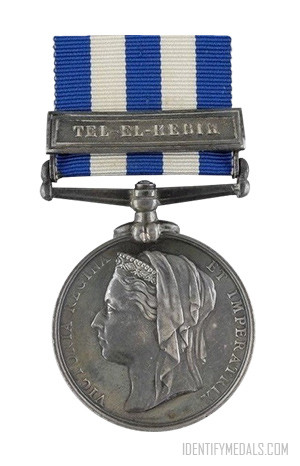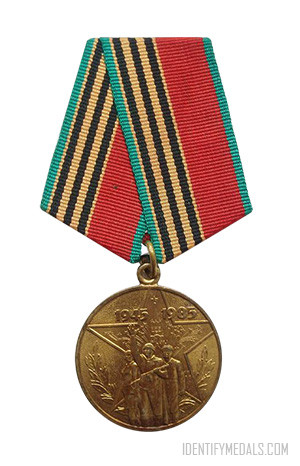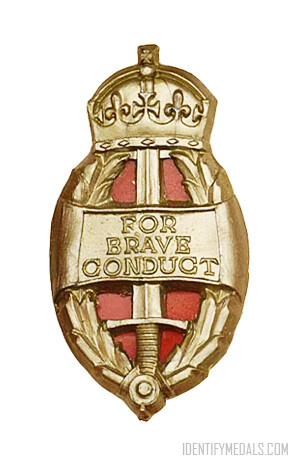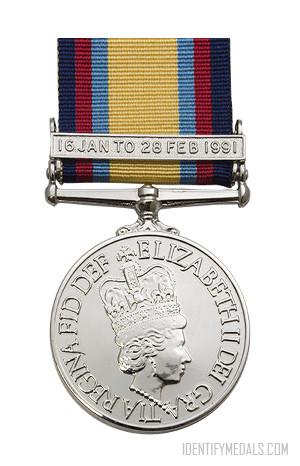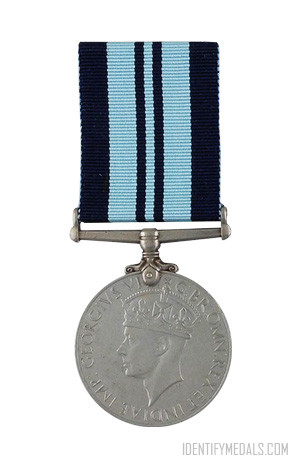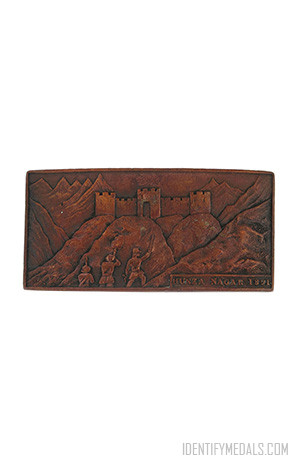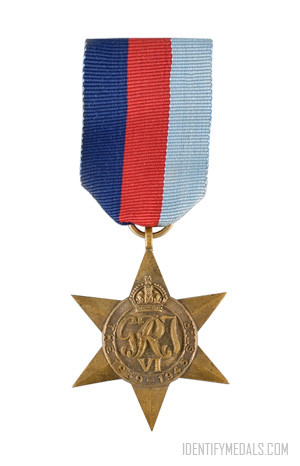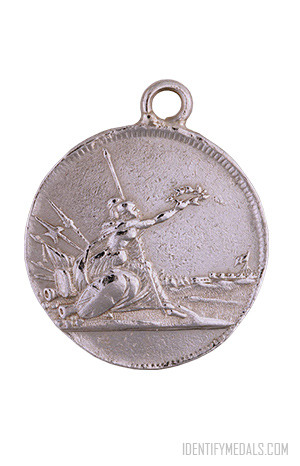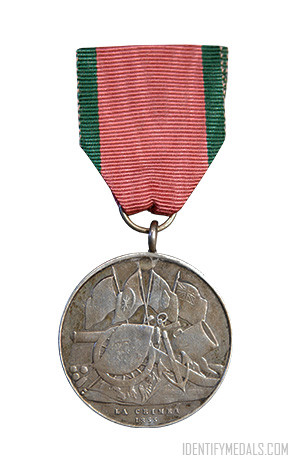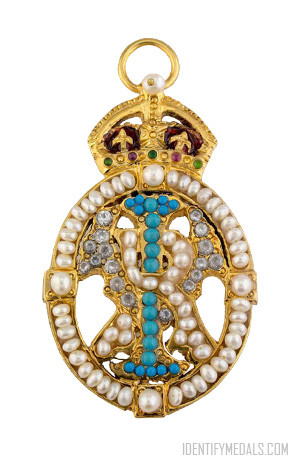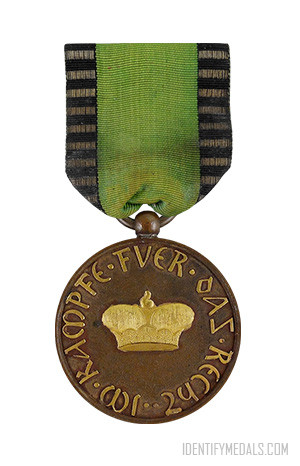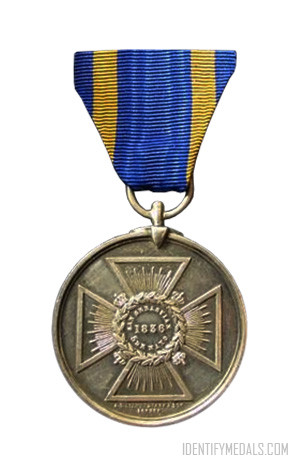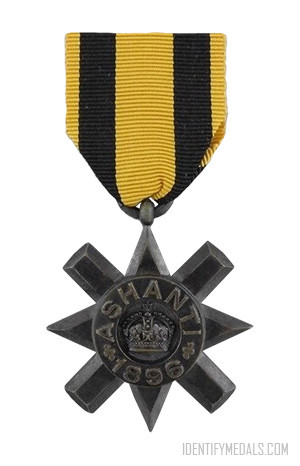- Time Period: Pre-WW1
- Year of Institution: 1 March 1869
- Country: Great Britain
The Abyssinian War Medal is a medal awarded to those who participated in the punitive 1868 Expedition to Abyssinia, led by Lieutenant-General Sir Robert Napier, between 4 October 1867 and 19 April 1868. This expedition was carried out by armed forces of the British Empire against the Ethiopian Empire (Emperor Tewodros II of Ethiopia had imprisoned several missionaries and two representatives of the British government.)
About 14,000 medals were awarded, 12,000 to the British and Indian armies and 1,981 to the Royal Navy.
The Abyssinian Medal Design
The Abyssinian medal is struck in silver an measures 1.25 inches (32 mm) in diameter. It was designed by Joseph and Alfred Wyon, and struck at the Royal Mint.
The medal is unique in that the recipient’s name and unit were embossed on the reverse of the medal. This required that the dies for the reverse had to have a removable center so each recipient’s name and unit could be impressed, with each medal minted individually.
The obverse bears the left facing effigy of a diademed Queen Victoria. Around the edge is a stylized border with indentions, between the indentions are the letters ABYSSINIA. The bust is similar to that on the New Zealand Medal issued in the same year.
The medal is held by a ring suspension attached to a crown surmounting the medal. The medal is borne upon a crimson ribbon 1.5 inches (38 mm) wide, with white borders.

